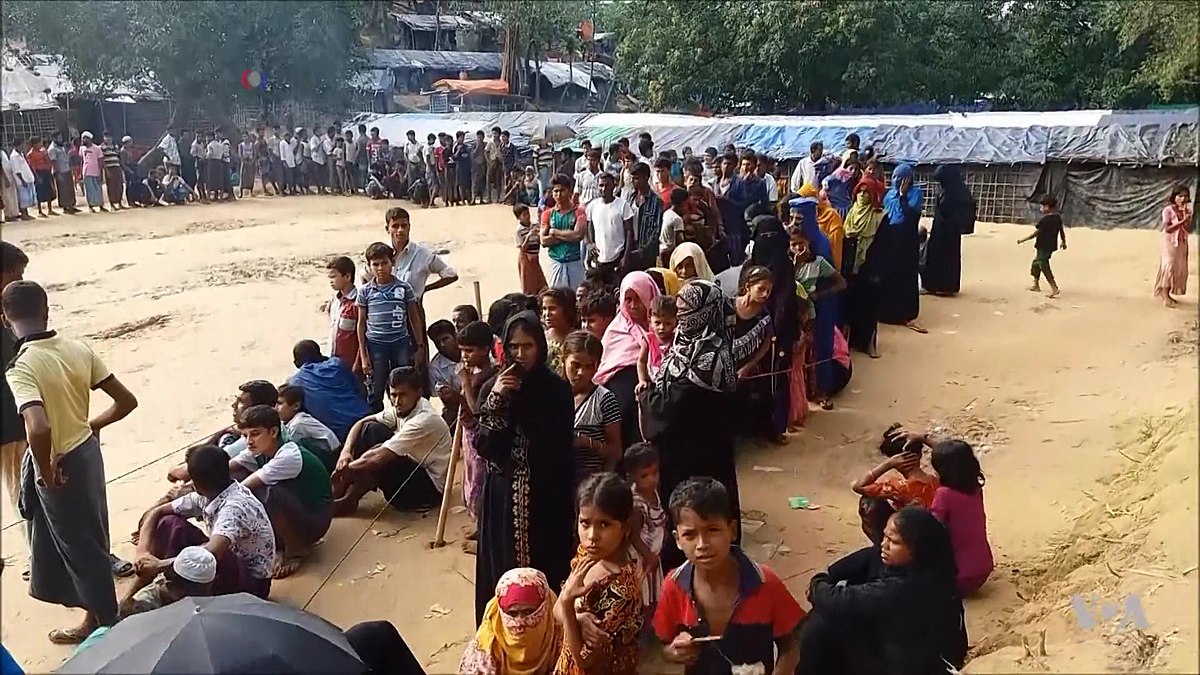
Rohingya Genocide
Rakhine State, Myanmar (Burma)The Rohingya genocide is a series of ongoing persecutions and killings of the Muslim Rohingya people by the military of Myanmar. The genocide has consisted of two phases[92] to date: the first was a military crackdown that occurred from October 2016 to January 2017, and the second has been occurring since August 2017.[93] The crisis forced over a million Rohingya to flee to other countries. Most fled to Bangladesh, resulting in the creation of the world's largest refugee camp, while others escaped to India, Thailand, Malaysia, and other parts of South and Southeast Asia, where they continue to face persecution. Many other countries refer to the events as "ethnic cleansing".[94]
The persecution of Rohingya Muslims in Myanmar dates back to at least the 1970s.[95] Since then, the Rohingya people have been persecuted on a regular basis by the government and Buddhist nationalists.[96] In late 2016, Myanmar's armed forces and police launched a major crackdown against the people in Rakhine State which is located in the country's northwestern region. The UN[97] found evidence of wide-scale human rights violations, including extrajudicial killings; summary executions; gang rapes; arson of Rohingya villages, businesses, and schools; and infanticides. The Burmese government dismissed these findings by stating they are "exaggerations".[98]
The military operations displaced a large number of people, triggering a refugee crisis. The largest wave of Rohingya refugees fled Myanmar in 2017, resulting in the largest human exodus in Asia since the Vietnam War.[99] According to UN reports, over 700,000 people fled or were driven out of Rakhine State, and took shelter in neighbouring Bangladesh as refugees as of September 2018. In December 2017, two Reuters journalists who were covering the Inn Din massacre were arrested and imprisoned. Foreign Secretary Myint Thu told reporters Myanmar was prepared to accept 2,000 Rohingya refugees from camps in Bangladesh in November 2018.[100] Subsequently, in November 2017, the governments of Bangladesh and Myanmar signed a deal to facilitate the return of Rohingya refugees to Rakhine State within two months, which drew mixed responses from international onlookers.[101]
The 2016 military crackdown on the Rohingya people was condemned by the UN (which cited possible "crimes against humanity"), the human rights organization Amnesty International, the U.S. Department of State, the government of neighbouring Bangladesh, and the government of Malaysia. The Burmese leader and State Counsellor (de facto head of government) and Nobel Peace Prize laureate Aung San Suu Kyi was criticised for her inaction and silence over the issue and did little to prevent military abuses.[102]
